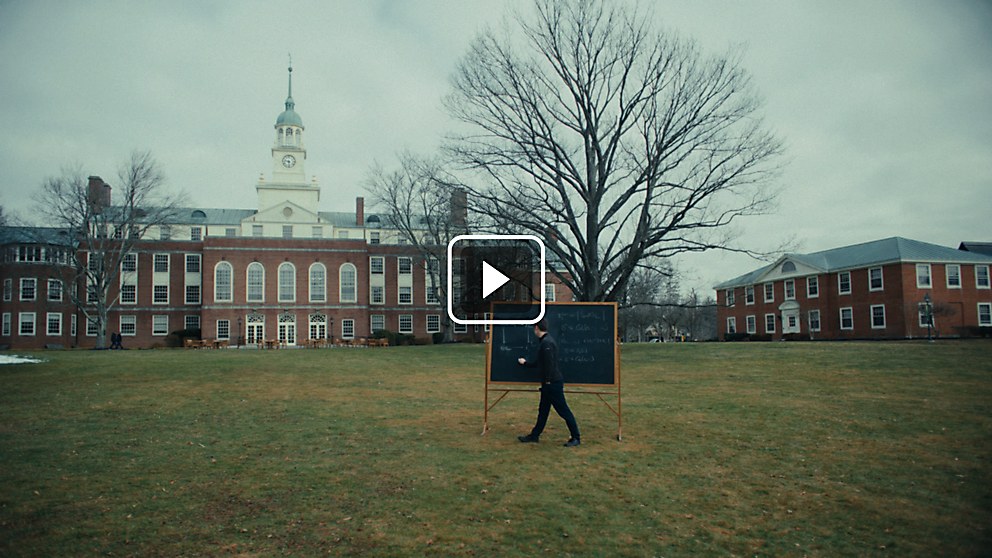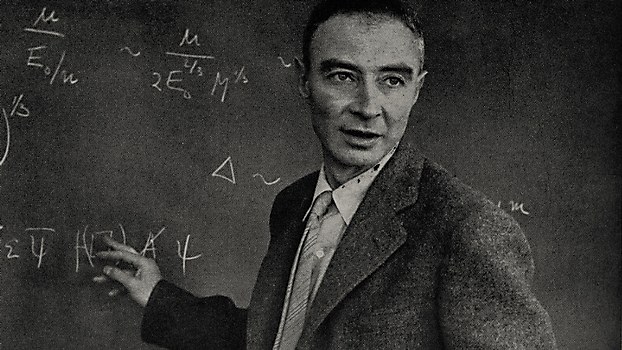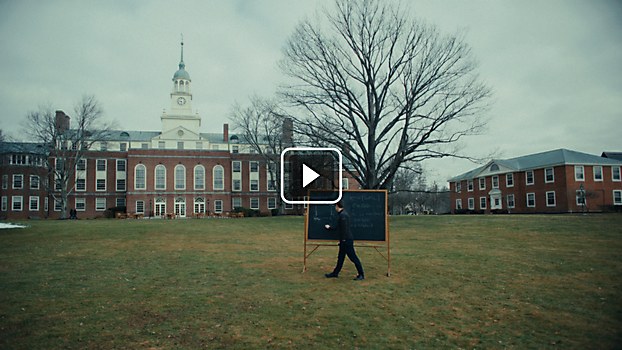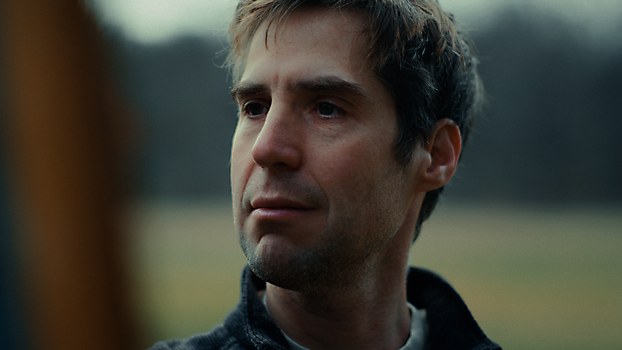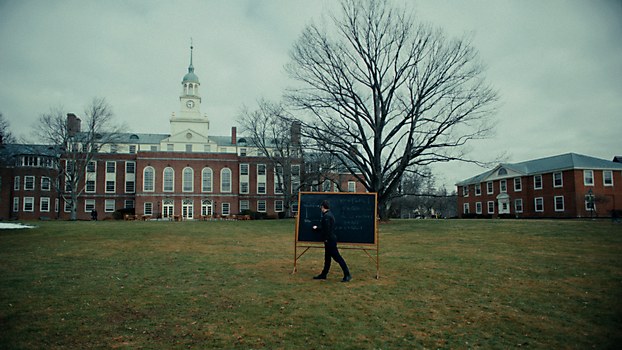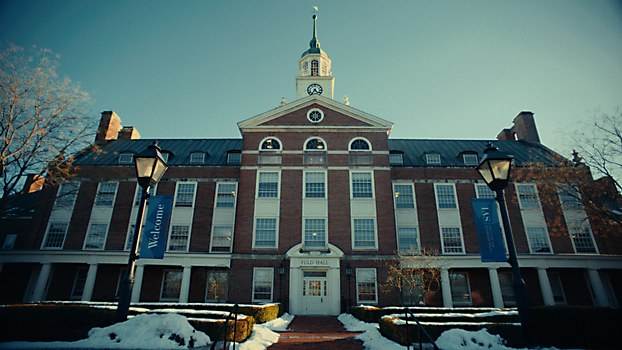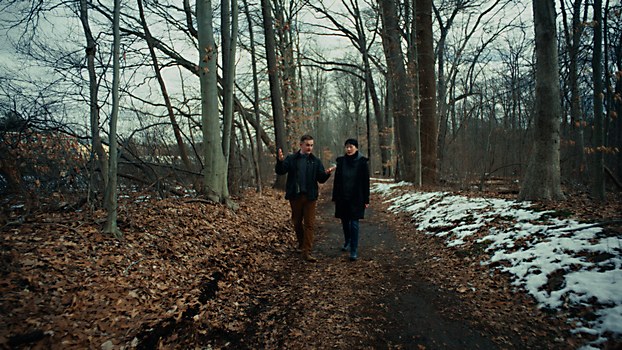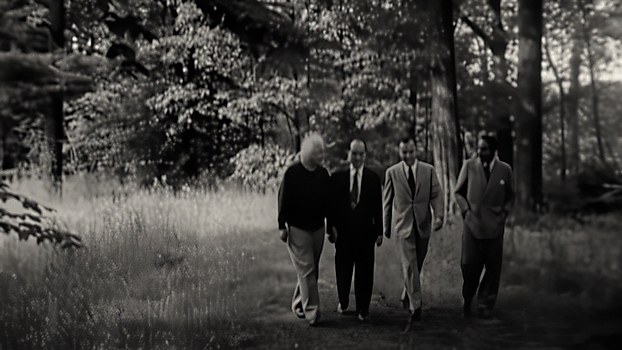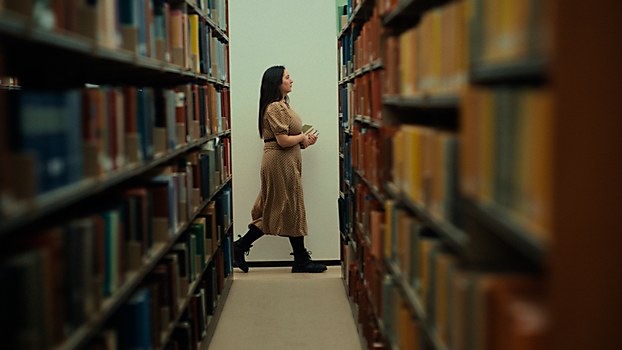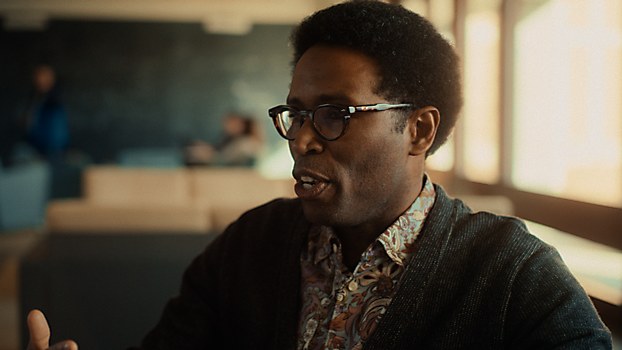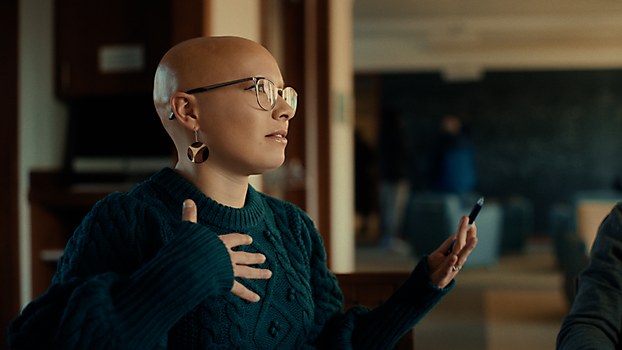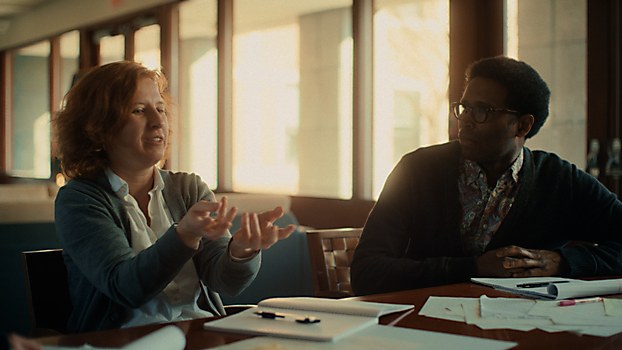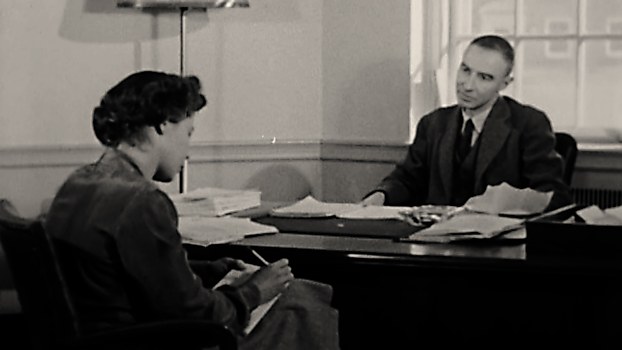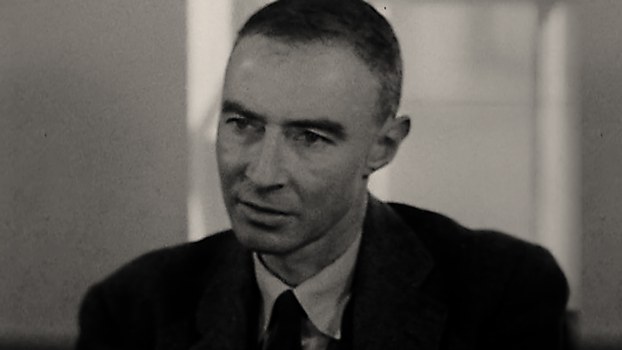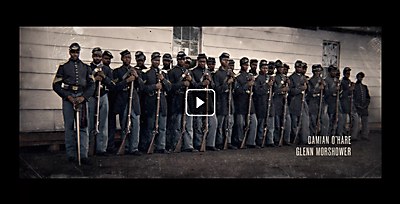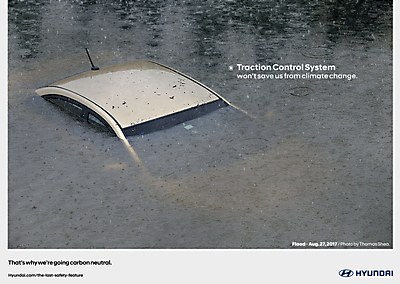Responses by Merete Mueller, director, Smartypants.
Background: The heart of this project is the enduring legacy of the Institute for Advanced Study (IAS) in Princeton, New Jersey, spanning from the era of J. Robert Oppenheimer’s directorship to its ongoing contributions today. We were targeting two different audiences: the first are current, future, and potential scholars who would already be familiar with IAS’s esteemed reputation and history. Simultaneously, we also wanted to reach a more mainstream audience, many of whom would be encountering IAS for the first time through the film Oppenheimer. Timed alongside the Oscars, we knew the piece would serve as a gateway for this broader audience to gain insight into IAS’s profound endeavors and the monumental challenges it addresses.
Design thinking: The IAS has been at the forefront of addressing huge questions and humanitarian challenges for nearly a century. Our task was to craft a visually compelling anthemic video, seamlessly blending archival footage with modern-day scenes to showcase IAS’s rich history and vision for the future. Juxtaposing the past with present underscored IAS’s enduring commitment to interdisciplinary research and the pursuit of knowledge, honoring iconic figures like Albert Einstein, Alondra Nelson and J. Robert Oppenheimer.
The IAS campus is a haven for contemplation and intense study. The breakthroughs that happen there often come through quiet reflection. We wanted to honor this, but we also wanted to represent how monumental and exhilarating these discoveries are, as well as the high stakes of the questions being considered. “There is a unique parallel between past and present at IAS,” says IAS spokesperson Lee Sandberg, “which has stood for and remains a haven for the free pursuit of knowledge in an otherwise volatile world. Values, such as bridging disparate fields and engaging with society, which took shape through the Oppenheimer years, remain as relevant today as ever to addressing global challenges.”
Challenges: Accurately representing the breadth and depth of the issues being addressed at the IAS. We were careful throughout pre- and post-production to ensure that our visual storytelling would honor the complexity of IAS’s legacy and mission, capture the spirit of this place that is so thoughtful and contemplative, and also make sure that the stakes were clear. We wanted the film to feel big, exciting and high-stakes without relying on melodrama.
Visual influences: We were heavily influenced by the rich historical archives of the IAS, which provided a wealth of material spanning decades. We planned specific match-cuts and staged present-day scenes that were direct references to historical moments that we found in the archives, letting us transition from the past to the present in our edit.
We also drew inspiration from Christopher Nolan’s cinematic style in Oppenheimer, going so far as to re-create some of the iconic shots from the film down by the pond on IAS’s campus. Additionally, we incorporated textural, abstract montages heay with sound design to help represent scholars’ thought processes and the impact of discoveries being made at IAS to this day.
Time constraints: Planning ahead of filming was key to getting those moments just right, making sure we didn’t miss a beat. It was a whirlwind with just one day to capture everything we needed. We wanted to showcase the incredible diversity of work happening at IAS, from humanities to sciences, and highlight the lively exchange of ideas across disciplines and borders. With such a tight schedule, we had to be strategic about what we captured and how it would all come together in the end. It was a real team effort from start to finish to pull it off in time for the Oscars!
Specific project demands: Navigating the immense scope of the questions and issues tackled by IAS was no small feat, but it also served as a treasure trove of storytelling material. The rich archival footage sparked countless ideas and insights. We aimed for a narrative that was thoughtful, exciting and epic while staying true to the essence of IAS. It was a balancing act, introducing this remarkable institution to the world while also reflecting its depth and significance for those already familiar with it. We fact checked every detail to ensure accuracy and strived to hit just the right tone—informative yet captivating, inspiring yet grounded in truth.









